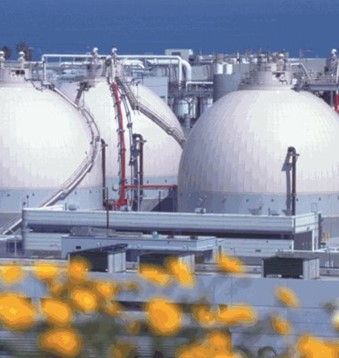Project Info
COMPLETE
 Project Title
Project Title
 Project Title
Project Title
Wastewater Treatment SB1383 Compliance Characterization
Project Number ET22SWE0031 Organization SWE (Statewide Electric ETP) End-use Process Loads Sector Public Project Year(s) 2022 - 2023Project Results
California Senate Bill No. 1383 (SB1383) aims at reducing greenhouse gases by lowering organic waste in landfills which produce emissions of short-lived climate pollutants i.e., methane, hydrofluorocarbon gases and anthropogenic black carbon by 2030. Some wastewater treatment plants (WWTP) dispose organic wastes or biosolids in landfills and produce short-lived climate pollutants. This study provides a process overview, and a review of existing SB1383 compliant technologies, emerging technologies, and energy impacts of solid waste management of WWTP in California. This project also includes a market survey of WWTPs. A Decision Support Tool is conceptualized, and recommendations are made which conclude with significant reduction of process energy, volume and transportation of solid waste, O&M costs, direct-indirect greenhouse gas emissions, and production of reusable resources. This report can be used as a starting point to further in-depth analysis of proposed solutions, cost-benefit analysis, capital infrastructure needs, and project life cycle. While SB1383 presents a challenge to the existing infrastructure, it also presents a unique opportunity for the wastewater sector to act as a resource in meeting the California’s ambitious goals.
Project Report Document
Loading PDF Preview...
